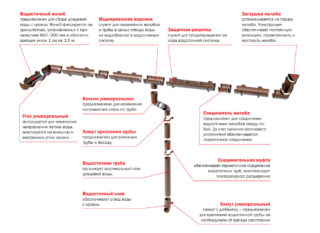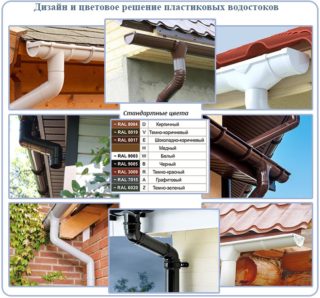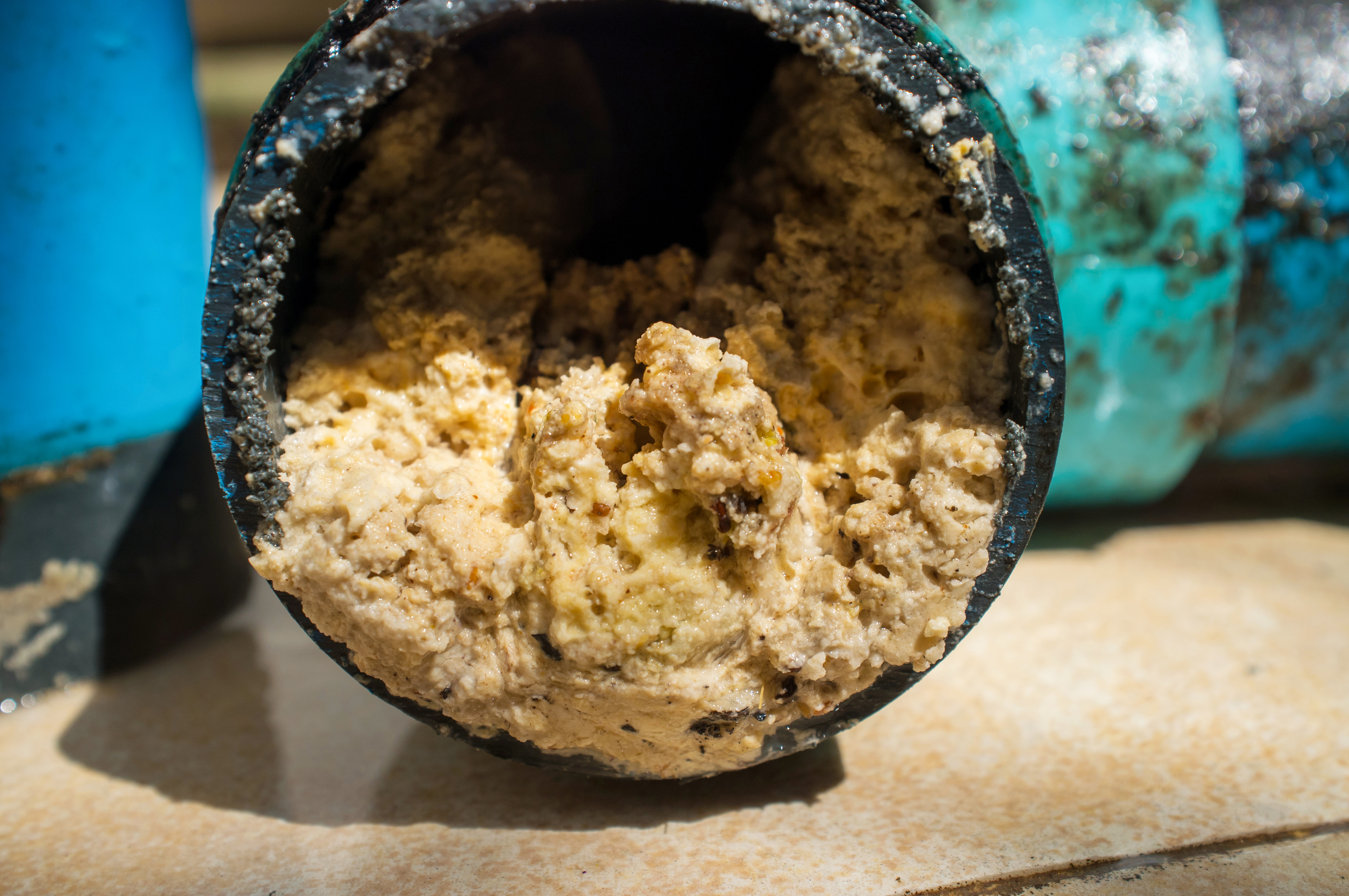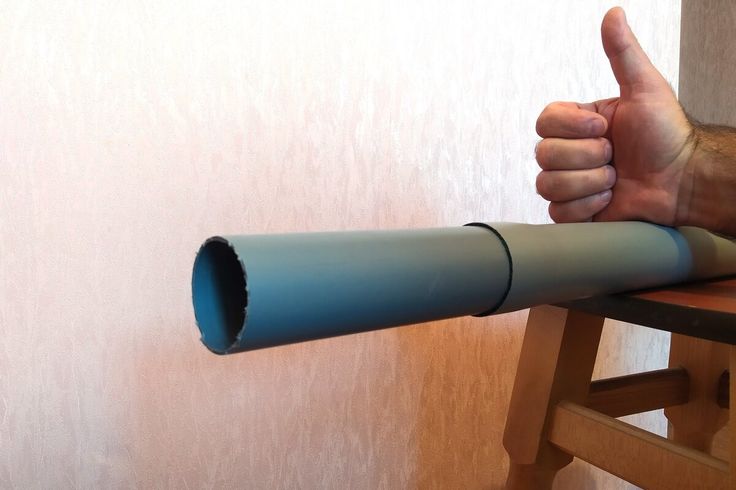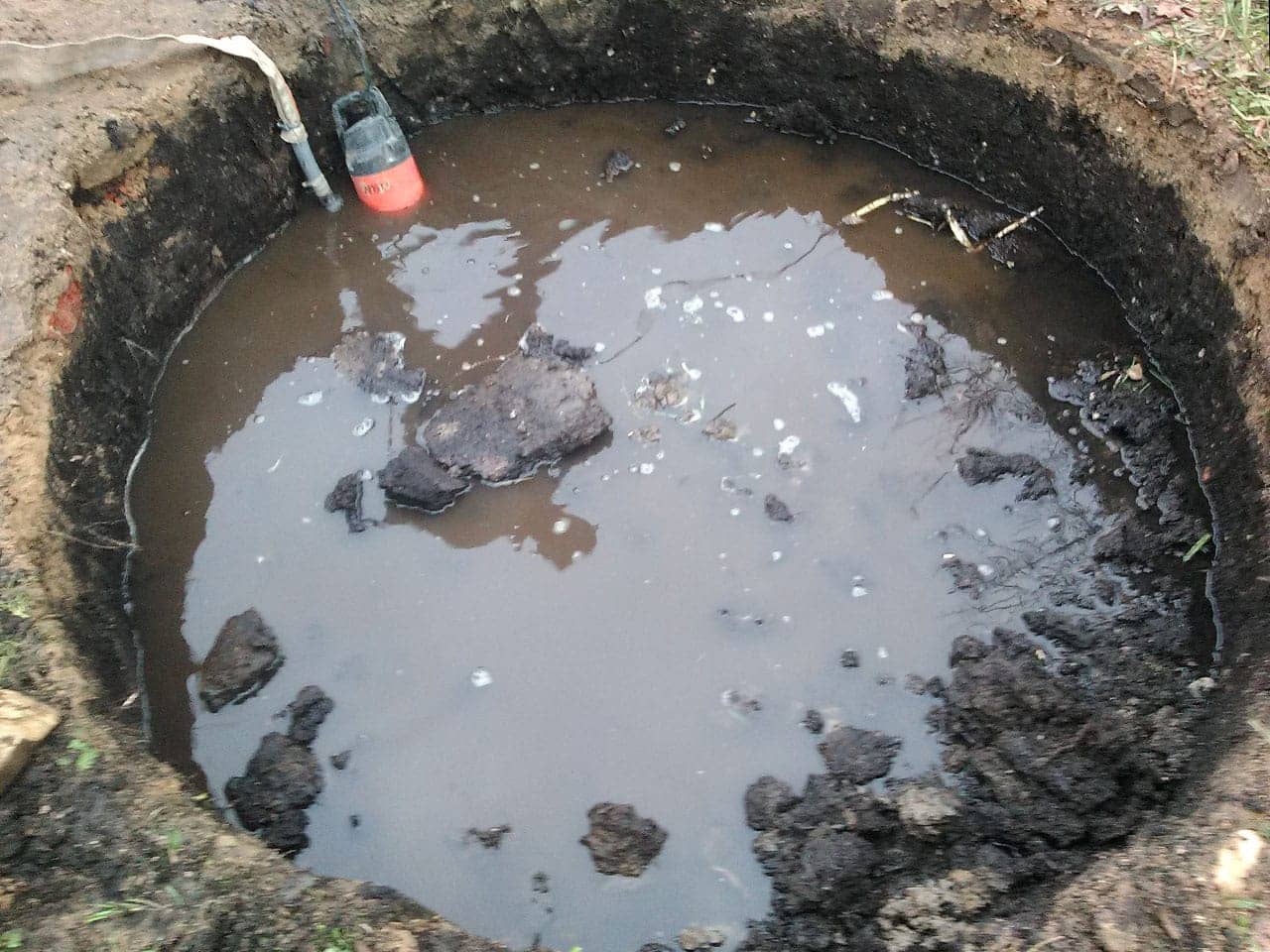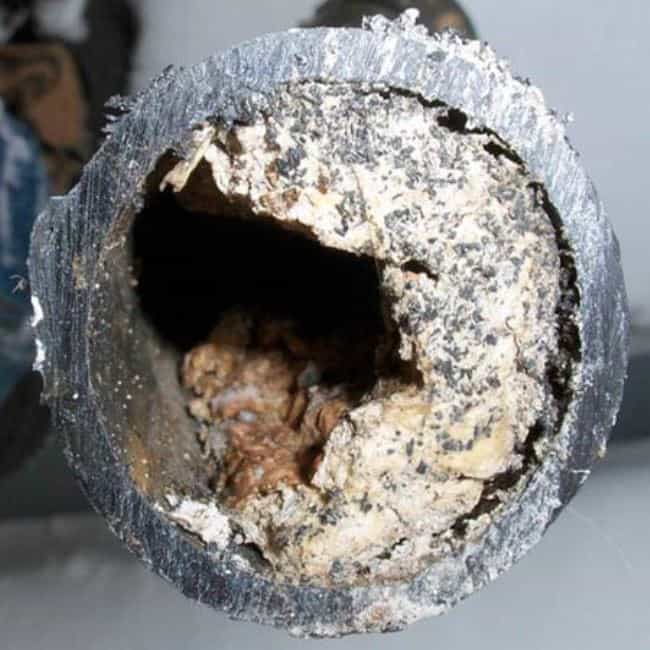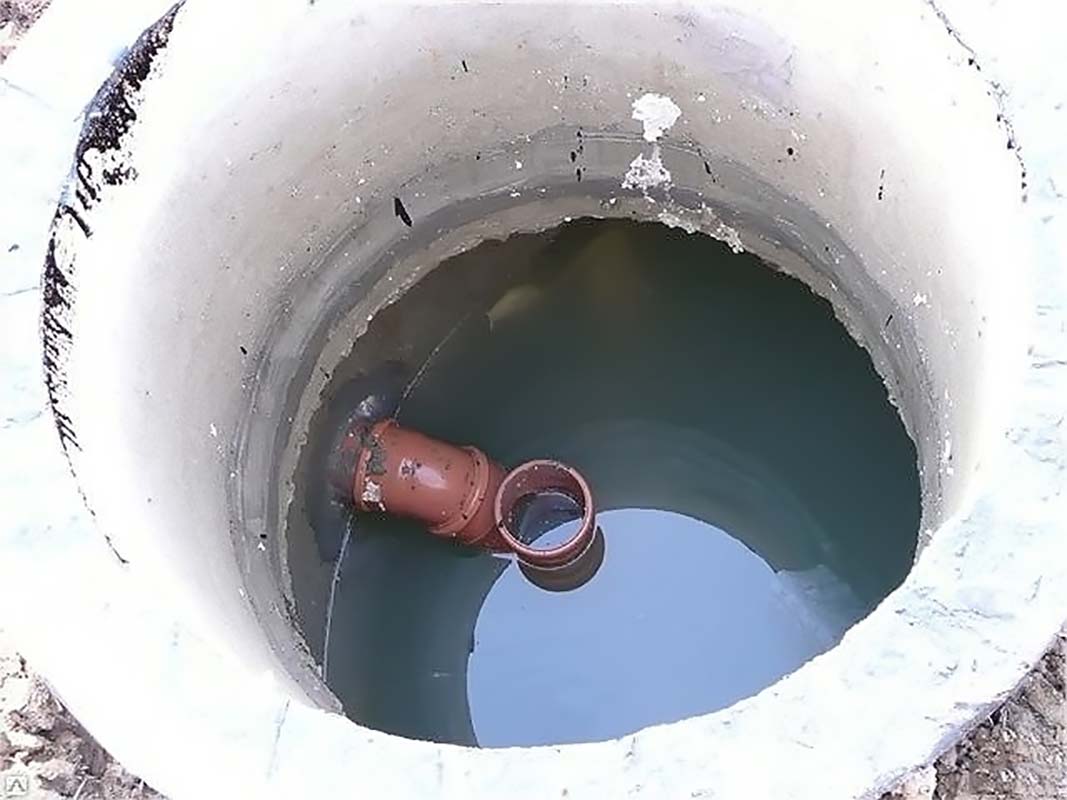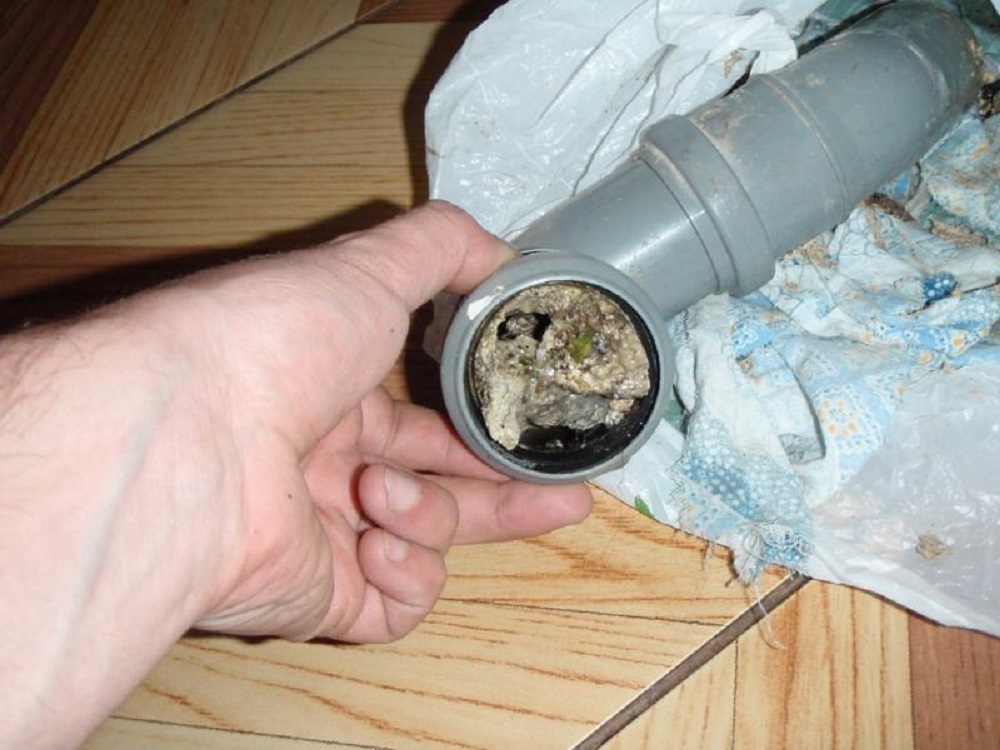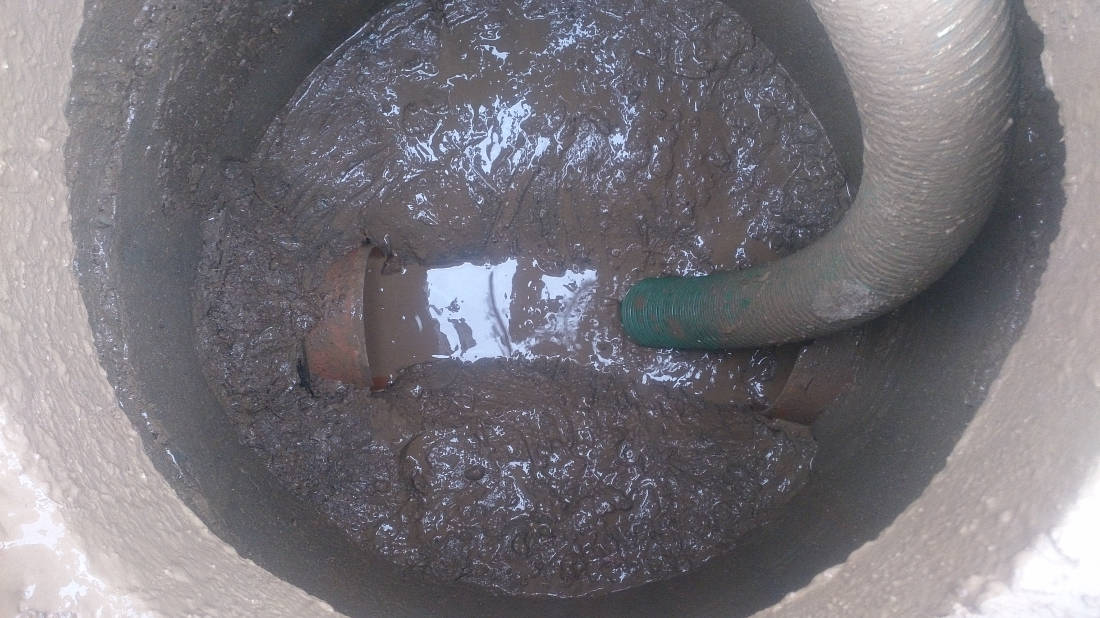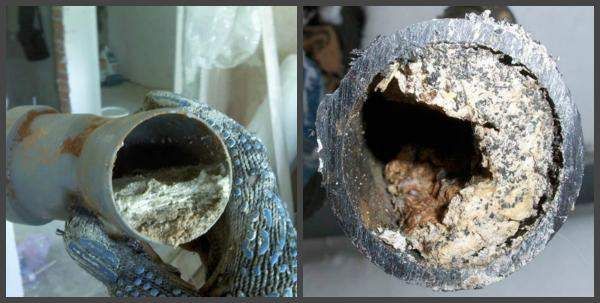An important element in the design of a private house is the drain. It is used to drain rain and melt water from the roof. An improperly selected and installed gutter can cause flooding of the foundation and excessive wetting of the walls. Which drainage system to choose - plastic or metal - is decided by the owner of the building, based on his needs and preferences.
Types of drainage systems
In the absence of a drainage system, the walls and foundation are negatively affected by rain and melt water. Destruction of exterior finishes and load-bearing structures is accelerated. A properly selected drain will postpone the overhaul of the building for a significant period.
Any system for draining water from the roof of a building has the same components: adapters, funnels, corners, elbows, plugs, gutters and pipes of different diameters. A variety of parts and fastening materials allows you to assemble a system of any complexity, length and configuration.
Drains are divided into two groups:
- plastic: PVC, polypropylene and polyethylene;
- metal: steel, copper, zinc and aluminum.
The choice of material for the installation of a roof drainage structure depends on the shape of the roof, the amount of precipitation, and the average air temperature in the region. Before buying a drain, you need to carefully study all the subtleties of the proposed options. Sometimes you need to give preference to metal, in other cases it is more practical to use inexpensive plastic.
The diameter of the drain is 5-15 centimeters. It is chosen in accordance with the angle of inclination of the roof slope: the greater the slope, the wider the gutters and pipes.
Features of the metal structure

Metal ebbs are divided according to the type of material. The most common are:
- copper;
- Cink Steel;
- aluminum and its alloy with zinc;
- titanium zinc alloy.
The advantages include:
- operation up to 150 years;
- resistance to loads;
- resistance to low and high temperatures.
Aluminum structures are resistant to corrosion, as the material in the air, under the influence of ultraviolet rays, is covered with an oxide film, which protects it from destruction.
Disadvantages of metal systems:
- The weight of metal is significantly higher than that of plastic. Before starting the installation, you need to check the strength of the rafter frame, otherwise the drainage system may cause deformation of the roof.
- The metal has high thermal conductivity and freezes in winter. For the uninterrupted operation of the low tide in winter, in the northern regions, they resort to installing heating gutters and funnels.
- The construction is quite noisy under raindrops.
- If the protective layer is damaged, rust appears.
To make the gutter look good and last longer, galvanized elements are covered with polymeric materials. Coating with pural or plastisol can increase the service life of structures up to 35-50 years. The polyester coating will last up to 15 years, after which the protection will begin to thin, the steel base will be exposed to moisture, and will begin to deteriorate. Sometimes Teflon is added to polyester. It is more durable protection, but its color scheme is limited to gray tones.
Features of plastic gutter
Manufacturers paint components for plastic gutters according to the RAL scale, which allows them to be matched to the roof covering. The most popular systems are brown, silver or copper. Plastic ebb tides look better in combination with ceramic and bituminous shingles.
The advantages of plastic systems:
- The weight is lighter than metal, does not load the roof truss system. Due to this property, plastic drainage systems can be installed during roof repairs on old buildings, where the roof frame is already dilapidated.
- The plastic does not corrode.
- The ability to maintain characteristics at temperatures from -50 to +70 degrees.
- Resistant to aggressive media. Recommended for use on the coast or near factories.
- Ease of installation. The structure can be assembled by yourself, all the necessary components are sold in specialized stores.
- The walls are smooth, which does not allow dirt and small debris to linger on their surface. Even without constant maintenance, the plastic construction retains its well-groomed appearance for a long time.
- Low noise during rain.
Disadvantages of the design:
- Low resistance to loads. Snow and ice melting from the roof surface will irreparably damage the plastic. To strengthen the structure, you need to correctly calculate the required number of brackets and install them in increments of 50-60 centimeters.
- Temperature changes are reflected in linear dimensions. To prevent cracks from forming in the structure in winter, it is assembled using special expansion joints and rubber seals.
- When the air temperature drops in winter, the plastic becomes brittle. If the winter is snowy, the gutters will burst under the pressure of precipitation.
- In the sun, the color gradually fades.
Plastic gutters expand in the summer. The 10 meter long structure increases to 2.5 centimeters.
The choice of a drainage system directly depends on the financial capabilities of the homeowner, but proper care will help extend the life of even inexpensive products. The cheapest models are plastic and galvanized, the most expensive are copper and titanium-zinc.

